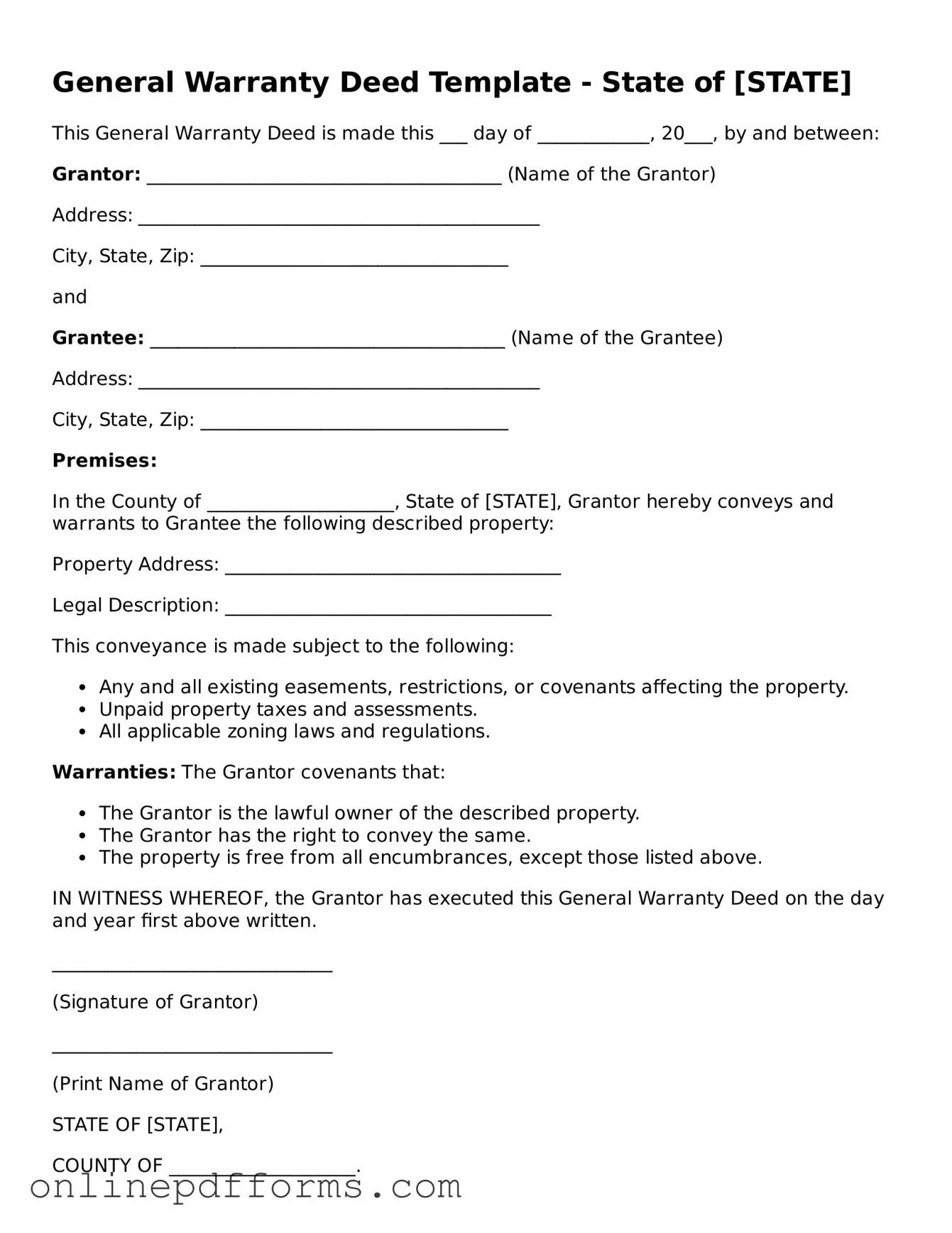Legal Deed Form
A deed is a legal document that conveys ownership of real property from one party to another. It serves as a formal record of the transfer and outlines the rights and obligations associated with the property. To ensure a smooth transaction, consider filling out the deed form by clicking the button below.
Open Deed Editor Now
